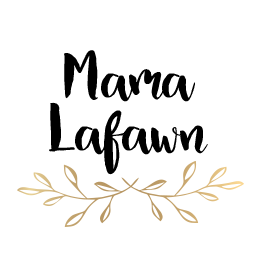It is the 8th annual worldwide Feeding Tube Awareness Week!
In order to raise some positive awareness, I thought I would share with you our feeding tube journey with Sayla. We get a lot of questions regarding her tube, especially from children. We hear questions like, “What is that?” “Does it hurt?” “Can she have chocolate milk in it?” “Why can’t she eat with her mouth?” We love answering questions and want to educate others as much as we can.
Sayla needed assistance from day 1 with eating because she was too weak to exclusively breastfeed. She was diagnosed with a brain tumor in utero, so her brain was unable to make her body do the “normal” reflex of suck, swallow, and breathe that most babies are born with innately. After her craniotomy and tumor resection (removal) at 5 days old, she needed a nasogastric tube (NG tube) to feed her my breastmilk since she was intubated and recovering. This tube goes in a nostril, through the esophagus, and down into the stomach. She eventually was able to breastfeed exclusively after she recovered from surgery and was discharged home from the NICU at 2 months old.
At 5 months old, she was diagnosed with a severe form of epilepsy called infantile spasms. These seizures caused her to regress all of the developmental skills she had accumulated at that point, including rolling over and sucking. This caused us to have to re-insert her NG tube since she was no longer able to breastfeed or take a bottle. We tried several different treatments for this seizure disorder and after several months we finally had success with the ketogenic diet. Even though her seizures stopped, she was still unable to suck, and had a delayed swallow due to her brain injury from the tumor removal surgery. After about 7 months of dealing with the NG tube: inserting, reinserting after she would yank it out, changing it out every few weeks, and taping it down to her face causing a rash, we decided it was time to get rid of the NG tube! We scheduled surgery for a gastrostomy tube (G tube) to be placed at the Monroe Carell Jr. Children’s Hospital at Vanderbilt. Gastrostomy tubes are feeding tubes placed through the abdomen through a small incision and go directly into the stomach. The tube is made of silicone and is held in the stomach by a water-filled balloon.
Today, Sayla gets 100% of her nutrition through her G tube. Currently her enteral nutrition is a formula mixture called Ketovie since she is on the ketogenic diet for seizure control. We put her formula in a new bag each day that runs through a pump and she gets a certain amount of liquid in her stomach each hour during the day. Her G tube does not hurt her. She is a little uncomfortable when we change out the tube and balloon, but it is very fast, and only has to be done every 4-6 months. Children with feeding tubes are lovingly referred to as “Tubies.” When you see a child out in public who has a feeding tube, you can always say, “Oh I see you’re a tubie! What kind of formula do you get in your belly??” Most tubie parents are quick to want to educate others, and would love to answer your questions! Do you know any tubies?












I think this is truly valuable to share this journey because so many people are unfamiliar with g-tube feeding, and the many challenges that they entail.
My cousin was born with cleft pallet among some other major developmental issues, and she had a g-tube until she was about 13 years old. She is now 24. My Aunt and Uncle were in and out of the hospital with her during her younger years for a lot of g-tube issues: malfunctions, infections, etc.
I love reading your blog posts, keep up the wonderful content. You are such a natural writer, it’s perfect!
***Just realized my computer auto-corrected palate to “pallet”, Ugh! Well ya know what I mean…
Thank you for sharing your cousin’s story, it helps to hear other stories, so I don’t feel so alone in this journey. And thank you for the encouragement to keep writing…I needed that today.